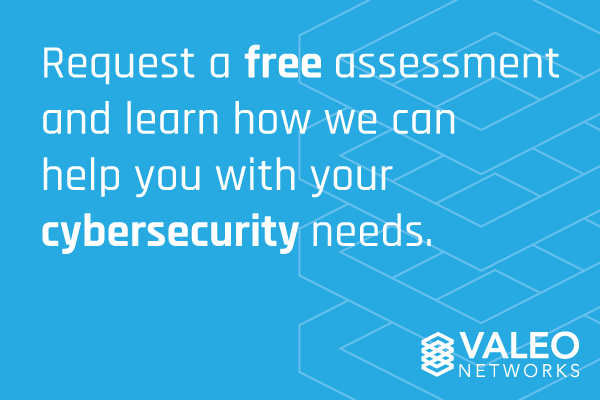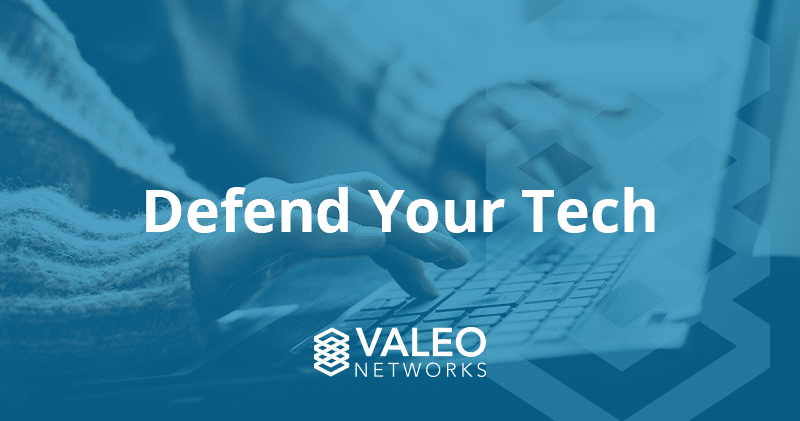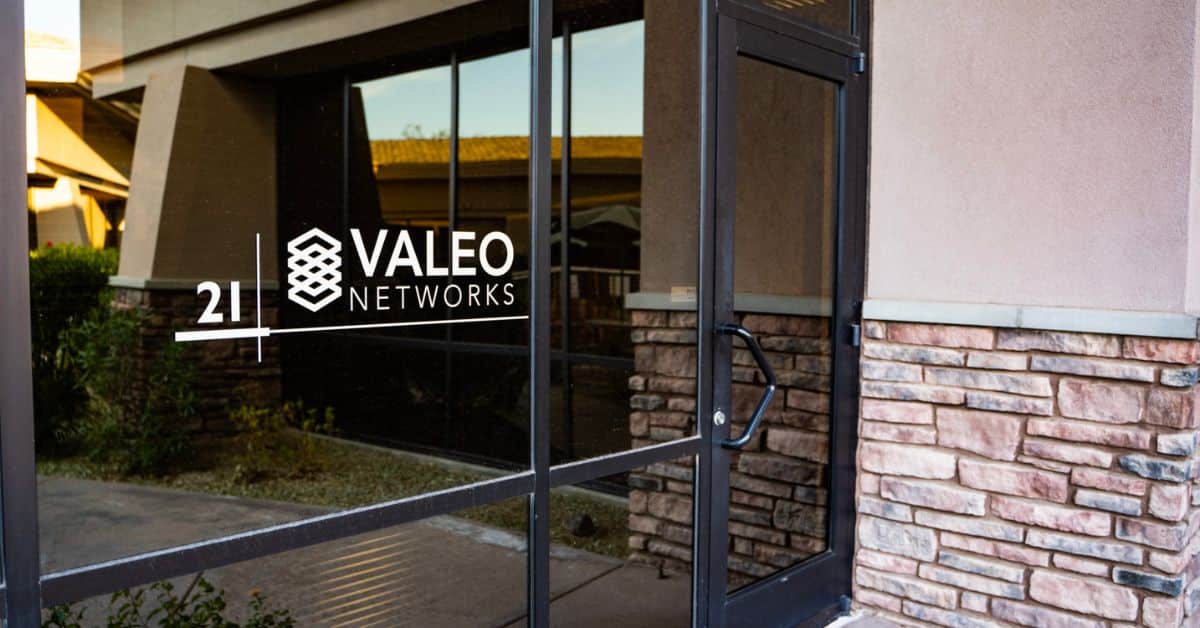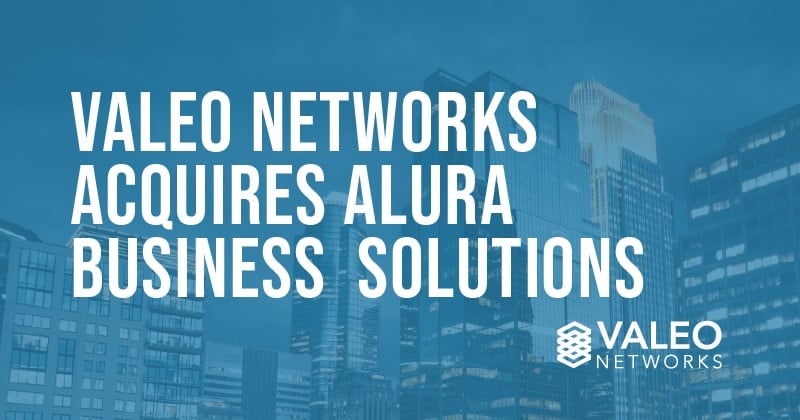AI and Cybersecurity: Protection for the Future
Technology has led the business world into an unprecedented era of production and connectivity. With the great rewards reaped from the internet era...
3 min read
Valeo Networks : Jul 31, 2020 4:00:00 AM
Risk management has been a concept ingrained in all businesses since the inception of commerce itself. Cybersecurity risk management is a whole different beast, however, and it requires constant attention to detail. Your organization should have a fully laid out plan to protect products, devices, and data, and this plan needs to be current with the threats of an internet-based environment.
We’re going to outline 5 key factors that can help you develop a winning formula for having cybersecurity risk management streamlined in all sectors of your business from executive to new-hire.
.webp?width=600&height=400&name=VN-InlineImage-8-1%20(1).webp)
A common pitfall in cybersecurity is the assumption that having an IT team, outside firm, or CISO is enough to protect your company from malware attacks and other cybersecurity threats. These highly technical roles are only the beginning of what your company should implement. They need to be the educators, tone setters, and problem solvers, but the burden is not solely on them.
The responsibility for your entire staff then lies in understanding the procedures laid out by the IT or security suite. Each member of your team needs to realize that the smallest breach can turn into the largest problem, and compliance is a serious matter.
Using the correct tools and tracking to prevent phishing or malware attacks is something that employees all need to know how to do. After all, Verizon’s 2018 Data Breach Investigations Report showed that 93 percent of all successful attacks were via phishing; be proactive to avoid this!
This methodology goes hand-in-hand with the culture of a secure network and organization: don’t assume that your IT and cybersecurity are exempt from audit. Even if the concepts are nuanced, there should be multiple methods of reporting to different decision-makers in order to ensure that human error is minimized.
Similarly, you must be willing to budget accordingly in order for this to be realistic. The long list of malware attacks and data breaches grows by the day, and the payroll and infrastructure to support it is not always cheap. Make sure that by spending a little up front, you don’t blow up your balance sheet later through legal fees or IT consulting.
This falls under the category of ‘should be done’ by your CISO or team, but it is always good to speak the language of appropriate compliance. Currently, the accepted standards for the cybersecurity industry include (but are not limited to):
These are all concepts that are widely recognized, and any cybersecurity team worth its salt will be able to impart their implementation in reporting.

There is no upside in rushing sloppily through any job, but cybersecurity breaches are almost all based around the assumption that the target has not learned about it yet. By emphasizing a healthy appetite for learning within your IT staff, as well as demanding immediate response to a breach, you will be much more successful long term in avoiding critical damage.
This one again ties back to the culture of a staff, and the understanding that warnings and indicators are no joke. Studies have shown that over 50 percent of IT managers take over an hour to respond to an ongoing cyber attack, and the damage is exponential by the minute.
Most of all, consistent communication between employees, cybersecurity teams, and management will lead to success in this sphere. Be vocal about everyone’s role in keeping your data safe.
These are all key in maintaining the current framework laid out in section 3 of this blog, and they each require upkeep. Your incident response plan should be tested annually, and there should be multiple reporting expected, just like every other component of your cybersecurity.
One of the most critical elements of the plan is delegating aspects of the real-time strategy to individuals before it is too late. When time is of the essence, you don’t want to have a team deciding who is best-fit for certain roles in mitigation: there needs to be an airtight protocol already in place.
Taking your cybersecurity risk management seriously is paramount to long-term success. You want your team to be able to focus on productivity and growth, and breaches will hinder that in a disastrous way.

The time and money spent to create a culture of safety and responsibility will pay itself back time and time again. At Valeo Networks, we strive to help you make these critical decisions before they’re even needed. If you’d like to learn more about who we are and the managed IT services we offer, please send us a message – we’d be happy to help.


Technology has led the business world into an unprecedented era of production and connectivity. With the great rewards reaped from the internet era...

With the increase in data breaches affecting major corporations like Target and Home Depot, it seems like the trend for states to increase and...

Rockledge, FL and Plymouth Meeting, PA (September 1, 2022) – Valeo Networks, a leading Managed Security Service Provider (MSSP), today announced it...

With cutting-edge technology and quality customer service,
you’ll find everything you need to help your company soar
with Valeo Networks.
1006 Pathfinder Way
Rockledge, FL 32955
Business Hours:
M-F: 8AM-9PM
© 2025 Copyright Valeo Networks. All Rights Reserved.